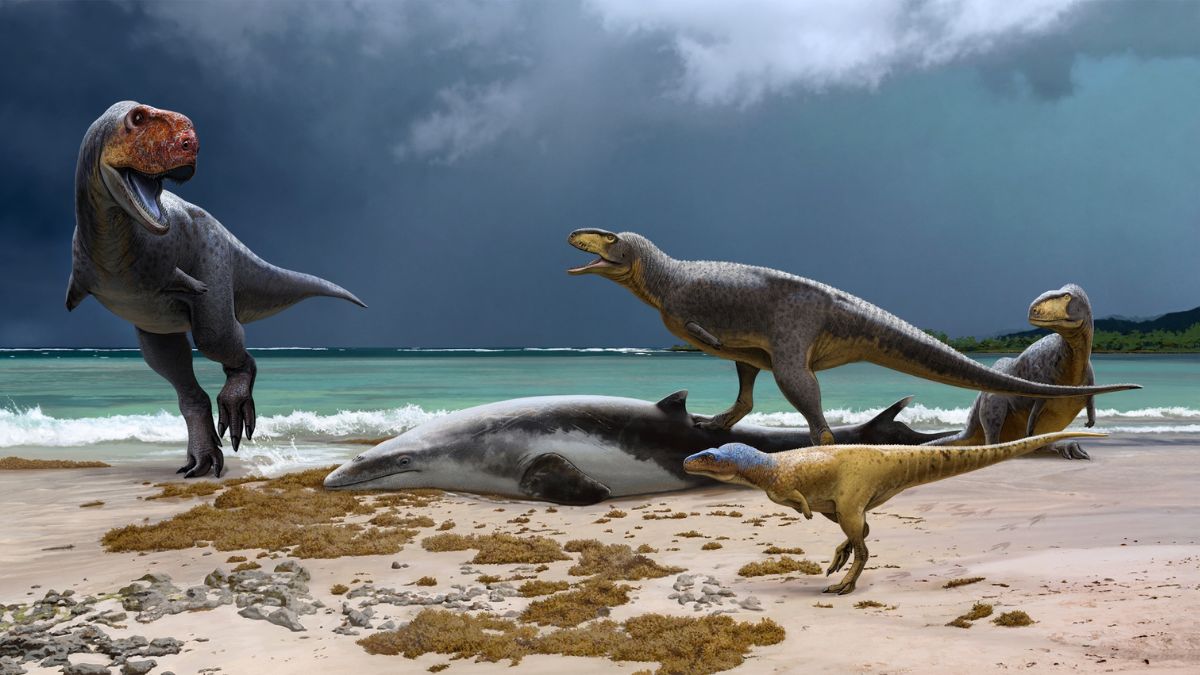Ever imagined how our world would be if we still had dinosaurs roaming around? Everything would change we believe. Now all we are left is with their fossils to understand their existence millions of years ago. A University has discovered a fossil of primitive species of Dinosaurs in Morocco and it looks like a relative of the famous T-Rex.
Dinosaur Fossils Discovered In Morocco
Researchers from the University of Bath have unearthed intriguing discoveries in Morocco. It has shed light on the lesser-known relatives of the iconic Tyrannosaurus Rex. These newfound dinosaur species belong to the Abelisauridae family of carnivorous dinosaurs. This provides insight into the diverse dinosaur ecosystem in Africa just before their demise around 66 million years ago due to an asteroid impact.
The first of these species, identified near Sidi Daoui, is represented by a foot bone. It hints at a predator measuring approximately two and a half meters in length. The second species, situated near Sidi Chennane, is represented by a shin bone. It indicates that the carnivore grew about five meters long. These discoveries reveal the rich variety of dinosaur species thriving in Morocco before the catastrophic asteroid event.
Also Read: Archaeologists Unearth Fossil Of Meat-Eating Dinosaur Species, Spinosaurus In Spain
Researchers Statment
Leading the research is Dr Nick Longrich, associated with the Milner Centre for Evolution at the University of Bath. Remarkably, the fossils were discovered within marine beds, which is an unexpected habitat for dinosaurs. The region, teeming with plesiosaurs, mosasaurs, and sharks, has yielded a remarkable glimpse into the African dinosaur panorama.
Contrary to the notion of uncovering the same dinosaur species repeatedly, palaeontologists have stumbled upon fossils from diverse and previously unknown species in these beds.
Dr. Longrich underlines the fascinating nature of this discovery. It’s notable that there are more fossils under study. This could potentially reveal an even richer prehistoric tapestry. The end of the Cretaceous period marked the vanishing of dinosaurs, alongside a significant portion of Earth’s species, about 66 million years ago. Overall, this revelation from Morocco adds an intricate layer to the captivating story of the age of dinosaurs.
Cover Image Courtesy: Twitter/ Nick Longrich

